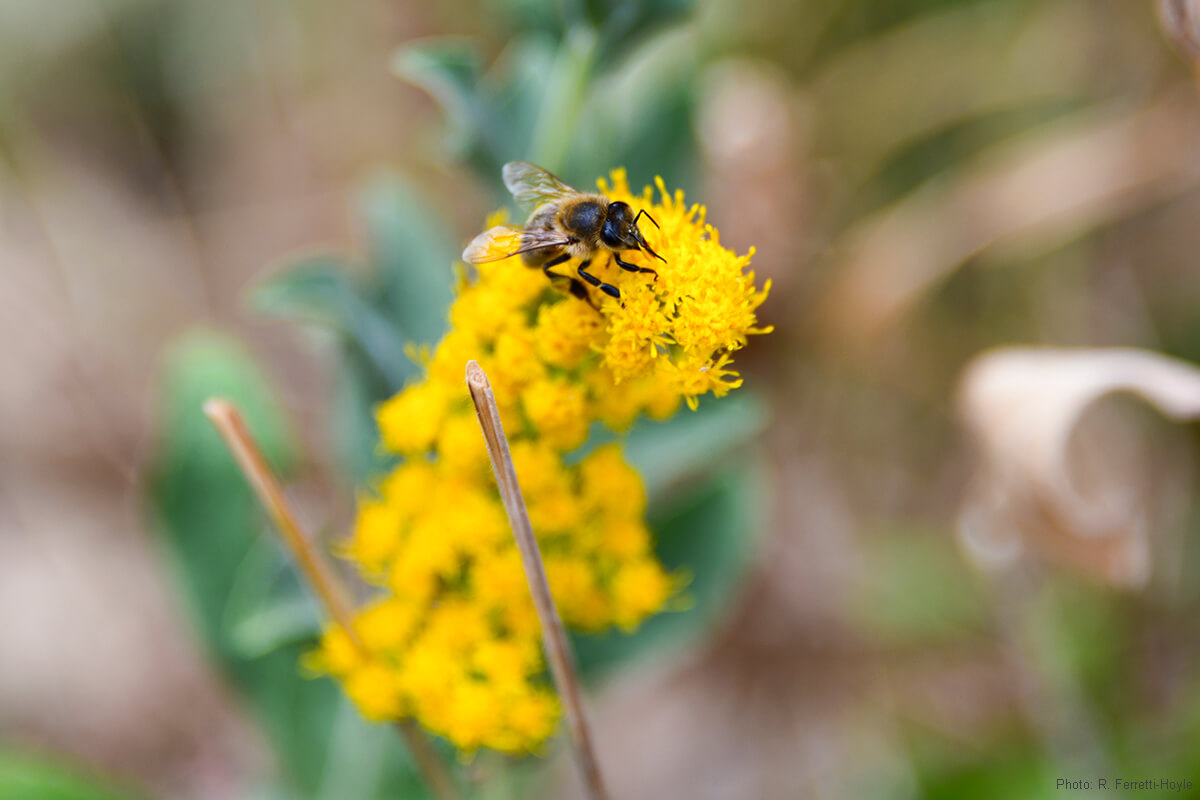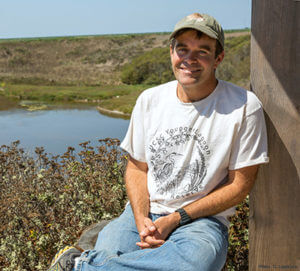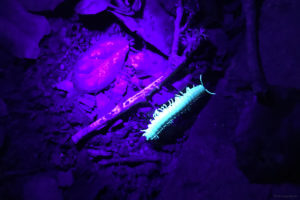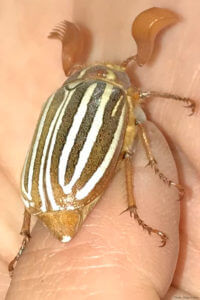SemperVoices: Gage Dayton and Observational Science
If you are spending more time at home these days, you may have noticed something: there’s more to notice. You’re not alone. Even a professional observer of the natural world is getting to know the creatures in his backyard better. We recently connected with Gage Dayton, who chairs the Sempervirens Fund’s Science Advisory Panel. The panel features world-class scientists, researchers, and academics who bring invaluable insights to our work in the redwood forests of the Santa Cruz Mountains.
Since 2008, Gage Dayton has served as the administrative director of the University of California, Santa Cruz’s Natural Reserves – protected wildlands throughout the Monterey Bay Region, providing undisturbed environments for research and teaching.
We talked about exploring nature near home, learned how the Natural Reserves are faring in the time of COVID-19, and discussed recent work he and the University have undertaken to diversify the natural sciences profession.
Are there things you are noticing in nature around home in this time?
“That’s really been fun for me. Observation is the first step in the scientific process, but it can be a difficult one. If you’re trained in how to key out plants that’s one thing, but looking at nature and trying to discern it can be overwhelming. It requires us to slow down, stop, and observe, and we don’t do a lot of that. When you’re stuck in place, you see flowers and birds building nests, and fledglings, and it is rewarding to see that process. I see a lot of wildlife in my neighborhood and my yard, because I’m here all the time. I got to know a lot of creatures in my yard, and especially invertebrates. It’s a fun time to get to know the living things in your backyard.”
Do you have a favorite find while spending more time at home?
“The yellow-faced bumblebee and the carpenter bee. The carpenter bees are more solitary, and I’ve seen the holes in my eaves, and this year I got to figure out what they are. I drilled some holes for them to colonize and its wild – they make crazy noises, they are always exploring, and they are super active.”
Have you noticed any changes in how nature is reacting to less human activity?
“Our reserves are pretty isolated already. We tend to see what we see and so the wildlife has little human impact.
On the campus, which is tucked right into the forest, we are seeing more deer, bobcat, coyote, and turkey in the developed areas.
We have a ton of people using open space too – except when there were the real strict restrictions. There’s way more mountain bike use on campus. There’s more use of our natural lands. Wildlife moving into urban areas is largely in tourist areas where there was a real reduction of human movement into those areas. But in the Santa Cruz Mountains, nature’s pretty accessible for people to go out their front door.”
What is the way forward to improving representation in the natural sciences?
“I’m by no means an expert and I haven’t had that personal experience but for a lot of our students it is about feeling welcome and helping them feel that it is achievable to overcome the real and perceived barriers.
We’ve been thinking about this. We have a class titled Introduction to Field Ecology Research which is geared to give freshman students a hands-on experience with no major requirements. Available to all so they have that opportunity, they learn about the local environment, and learn how to do science in two research projects – collect data, analyze it, and present it. They aren’t told what to do; they are empowered to come up with their own questions. They come away with critical thinking skills, an appreciation for science, and for the natural world near them.
Many students haven’t camped before, some have never hiked. Now they can identify the five most common species and they are comfortable going outside. They’re going to be our neighbors, and voters, and they’ll have a connection with nature.
We’ve removed a lot of barriers and hurdles and our research shows that that the experience has a direct improvement for students coming from groups underrepresented in natural sciences.
We created this course with these holistic goals and objectives. Everyone coming to University is nervous to be part of a community. It can be overwhelming and especially for those who are the first in their family to go to college. This is a small class that becomes a small community, a soft landing at the university. It’s welcoming. We use nature to do that and it’s an equalizer in a lot of ways.”
How are you managing learning and research at the UC Santa Cruz Natural Reserves during pandemic precautions?
“A lot of thought went into what kind of information we can convey remotely and what can students engage with on their own. We’ve talked about this kind of approach for a long time, and it’s a huge endeavor, and this forced us to do it. How we teach will change.
Reserve visitors come from all over, but we do control some use [of the Natural Reserves] for students and researchers, and when COVID started hitting and the students dispersed with shelter-in-place, that was a huge impact on everybody.
Faculty research shut down or went on pause. That was a big hit. The structured component of school is really important. I was really proud how we responded to it. A couple of good things came out of it.
Specifically, for field courses, and to support those students remotely, we realized there was asynchronous and synchronous learning – learning apart or together – to manage. We pivoted pretty quickly to support faculty using the reserves for teaching, coming there in person, remote internships and writing blogs, and reserve staff working with faculty through video-supported activities, live Zooms to teach about flora and fauna, like Elephant seals. You can’t learn field methods hands-on when students are dispersed around the state. Some attempted live, interactive Zooms with the natural environment. We also used drones to collect data, directed by student questions.
Zoom lectures can be watched any time – it is an equalizer to have the flexibility not to show up to a lecture. You can have the experience when it works for you.
But we lose the sense of community and so having live Zooms too and remote connections, they become more important for different reasons.”
Sign up for emails from Sempervirens Fund to keep connected with our SemperVoices series. You can also learn more about how the UCSC field courses boost STEM diversity or read the study on the course.



